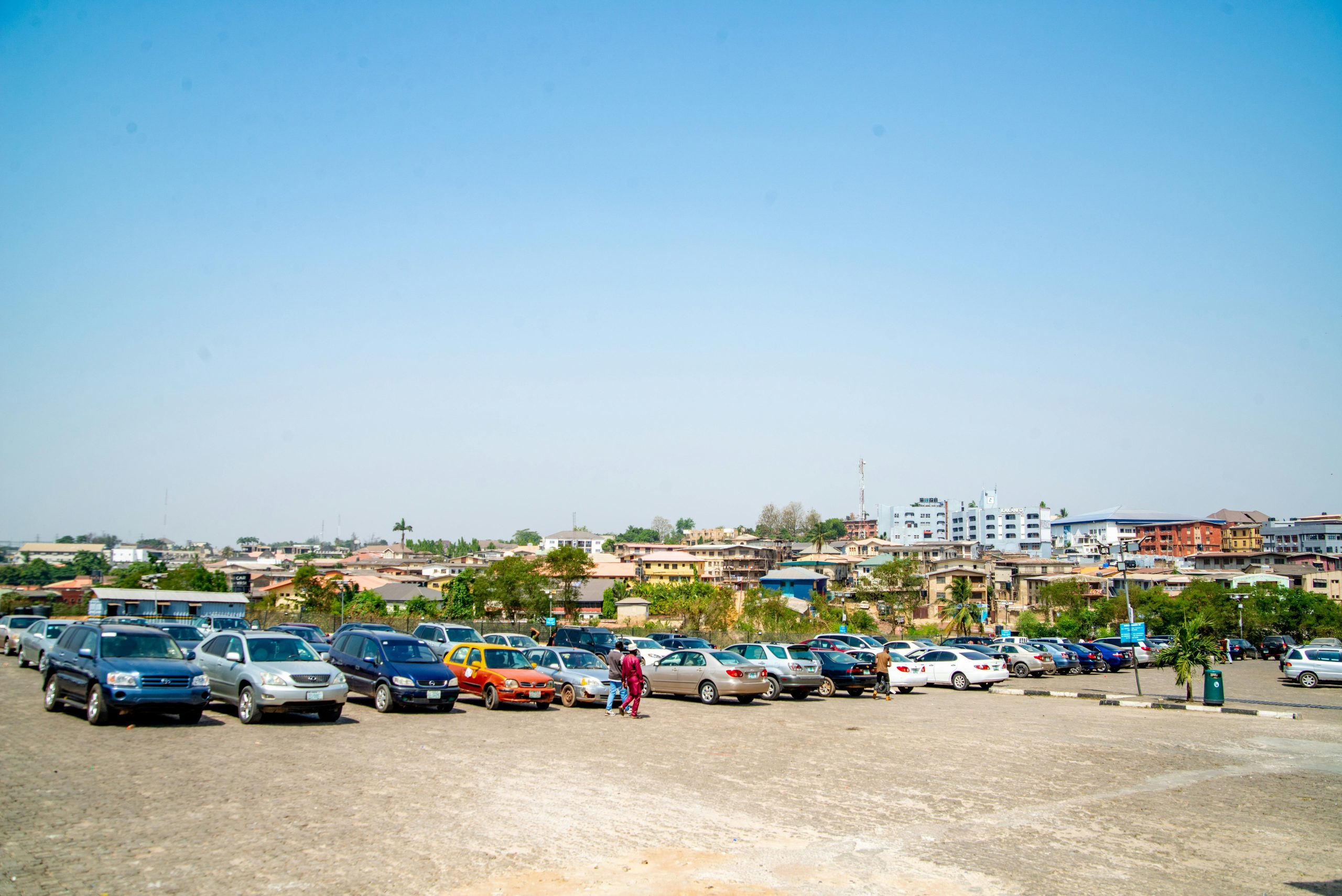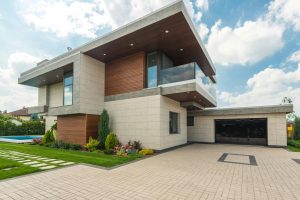The Future of Urban and Suburban Community Development
As the world becomes increasingly urbanized, the future of community development in urban and suburban areas is a topic of great importance. With more and more people moving to cities, the traditional model of suburban living is starting to shift. At the same time, urban areas are facing challenges such as gentrification and affordable housing shortages. In this article, we will explore the current state of urban and suburban community development and what the future holds for these rapidly growing areas.
The Rise of Urban and Suburban Living
In recent decades, there has been a sharp increase in the number of people living in cities. This trend is expected to continue, with the United Nations predicting that 68% of the world’s population will live in urban areas by 2050. This rise in urbanization can be attributed to factors such as job opportunities, better access to amenities and services, and the increasing trend of young adults choosing to live in cities.
The Shift in Suburban Communities
Traditionally, suburbs have been seen as a desirable place to live for families seeking a safe and quiet environment. However, with the influx of people into cities, suburbs are experiencing a shift in demographics. Young professionals, empty nesters, and low-income families are now making up a significant portion of suburban residents.
This change has sparked a debate about the future of suburban living and how it can adapt to the shifting needs of its residents. Some argue that suburbs need to become more diverse and provide a wider range of housing options, while others believe that suburbs should stick to their traditional model.
The Challenges of Urban Development
As cities become more crowded, they are facing a number of challenges related to community development. One of the most pressing issues is gentrification, which is the process of renovating and revitalizing urban areas, often resulting in an increase in property values and the displacement of lower-income residents.
Another major challenge is the lack of affordable housing. Many cities, especially those with a booming tech industry, have seen a sharp increase in housing costs, making it difficult for lower-income residents to find affordable housing. This has resulted in a rise in homelessness and a growing gap between the rich and the poor in urban areas.
The Future of Urban and Suburban Community Development
To address these challenges, urban and suburban community development will need to focus on creating more inclusive and sustainable communities. This means providing a mix of housing options to accommodate different income levels, developing public transportation networks to reduce reliance on cars, and promoting green spaces to improve the quality of life for residents.
The Role of Technology
Technology will also play a significant role in the future of community development in urban and suburban areas. Smart city technology, such as connected sensors and data analysis, can help cities and suburbs become more efficient and sustainable. For example, smart lighting systems can reduce energy consumption, and smart parking systems can help alleviate traffic congestion.
Additionally, advancements in virtual and augmented reality can help urban planners visualize and plan developments before they are built, allowing for more informed and sustainable decision-making.
Community Involvement and Collaboration
Lastly, community involvement and collaboration will be key to the success of future urban and suburban community development. Local residents, businesses, and organizations should have a say in the development of their communities to ensure that their needs and concerns are taken into account.
Collaboration between different sectors, such as government, non-profits, and private companies, can also lead to more innovative and inclusive developments. By working together, these stakeholders can pool resources and expertise to address complex community development challenges.
In Conclusion
The future of urban and suburban community development will be defined by inclusivity, sustainability, and collaboration. As cities and suburbs continue to grow, it is crucial to prioritize the needs of all residents and work together towards creating vibrant and livable communities for everyone.











